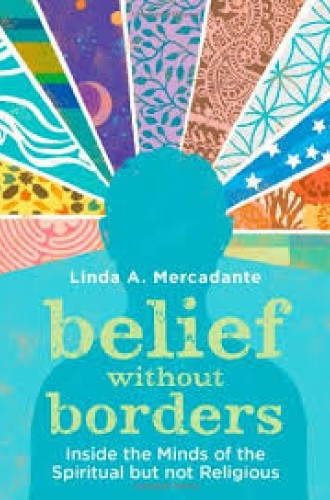Belief without Borders, by Linda A. Mercadante
The most striking current trend in American religions may also be the least understood. Between 1990 and 2010, the number of Americans who claimed to have no religious affiliation more than tripled, from 14 million to 46 million. This makes the so-called nones—individuals who respond to questions about their religious affiliations with “none”—the fastest growing “religious” group in the United States, far outpacing the increase in Buddhists, Hindus, and Muslims. It also means that there are now more Americans with no religious affiliation than there are mainline American Protestants.
Even these startling statistics may underrepresent the extent of the phenomenon. Young adults are three times more likely to be religiously unaffiliated than are older Americans, suggesting that the trend has far from peaked. Meanwhile, studies point to a parallel increase in “churn”: movement between two or more religious affiliations in a lifetime. As Linda Mercadante writes in Belief without Borders: “From whatever angle you look, it can’t be denied that growing numbers of Americans have ceased identifying with, contributing to, or remaining devoted to any particular religious tradition or faith community.”
Given its unprecedented nature and potential social significance, this exponential growth in the number of religiously unaffiliated Americans has received surprisingly little serious examination by scholars and journalists. Popular characterizations of nones tend to fall into two broad and simplistic categories. Some commentators assume that these individuals are atheists and moral relativists—individuals who have rejected not only organized religion but all greater truths. Others bundle the nones into the category of new-age dilettantes or, as one critic puts it, “commitment phobic, overly self-focused . . . salad-bar spiritualists.”





